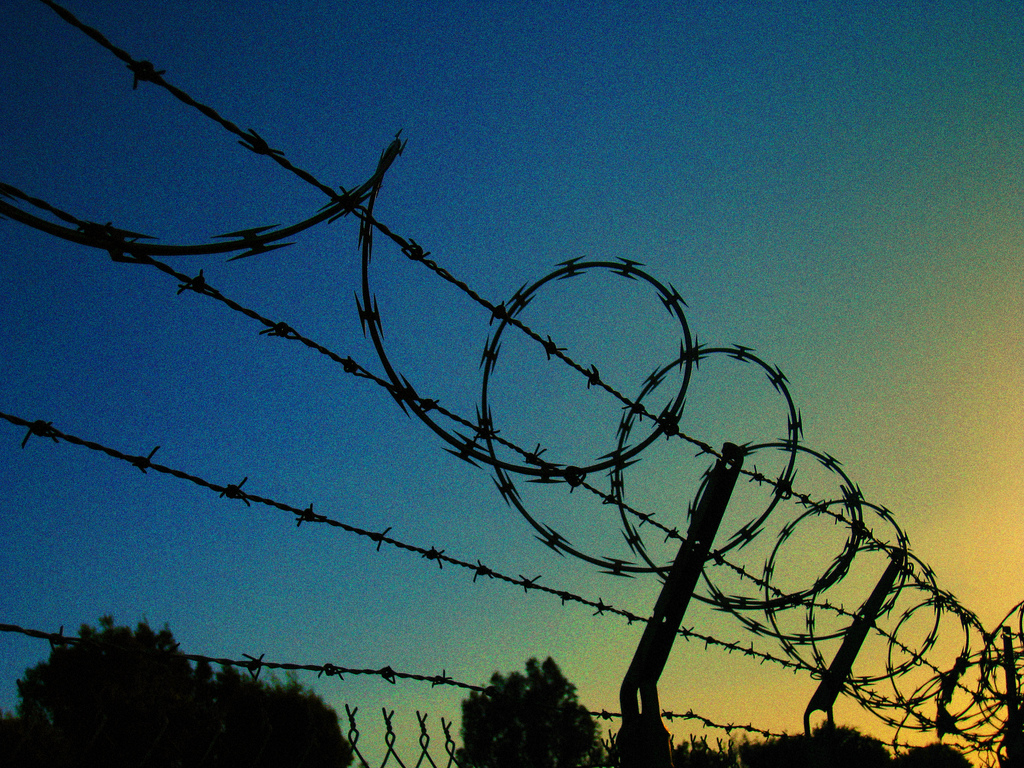 In a state regularly beset by lawsuits about conditions at some of its juvenile detention centers, an official Mississippi task force is starting work on diversion and setting higher standards.
In a state regularly beset by lawsuits about conditions at some of its juvenile detention centers, an official Mississippi task force is starting work on diversion and setting higher standards.
“This lack of sufficient staff has caused the facility to practice imminent and deliberate harm to youth … the facility is forced to place the kids on lockdown most of the day; not because they want to, but because it’s the only way to maintain any type of control,” reads a court-appointed inspector’s report on the Henley-Young Juvenile Justice Center in Hinds County, Mississippi. “This lack of appropriate staffing dictates the level of violence that is experienced in the facility.”
The lockup for up to 84 youth is unclean and “has a dungeon-like feeling.” Two juveniles admitted to the facility were allowed no phone call or shower. While there’s some limited recreational programming for boys, there’s none apparent for girls.
That July 2012 report is a recent, but not unique, verdict on some of Mississippi’s juvenile detention centers.
“That’s the reason we want to put this system in place, so that we can come up with a good system that will prevent some of these things from happening,” said state Sen. Willie Simmons (D-Cleveland), author of the 2012 bill that created the Mississippi Juvenile Detention and Alternatives Task Force.
Its 17 members are to support expansion of juvenile detention alternatives, according to the language of Senate Bill 2598. They have until Nov. 1, 2013 to make recommendations.
Mississippi handles juvenile detention locally, with 16 county-run detention centers. Counties that don’t have a center must bus youth to counties that do, sometimes more than 100 miles from home.
The task force’s first job is to recommend ways to prevent unnecessary detention of juveniles, according to chair and Adams County Court Judge John Hudson. They also plan to recommend licensing rules for juvenile detention centers, and recommend better standards of operation.
His county is one of five in Mississippi that has already been at work on changes, with assistance via the Annie E. Casey Foundation’s Juvenile Detention Alternatives Initiative. JDAI aims to help system-involved youth develop into healthy, productive adults by promoting juvenile justice policy reforms.
“I think JDAI kind of gave our state-level partners a feel of how they could broadly experience juvenile justice reform in their state,” said Gail Mumford, senior associate with AECF’s Juvenile Justice Strategy Group.
The number of juveniles detained in four pilot JDAI counties declined between 4 and 12 percent in 2011, according to the Mississippi Administrative Office of Courts. Among other things, counties used a points system to decide which juveniles should be detained and which could safely be sent back to community supervision.
Mississippi has seen, said Mumford, the way that JDAI can reduce inappropriate and unnecessary use of detention, and help improve conditions for the kids who are securely confined.
“Who wouldn’t want to do that, right?” she said.
JDAI numbers are part of the data the task force has as it starts work. Its recommendations must be ready in time for consideration during Mississippi’s 2014 legislative session.
That’s a shift from the original version of the bill, which would have given the task force the power to write licensing standards and would have required detention centers to get licenses by 2016.
If the Mississippi legislature adopts the task force recommendations, they will build on a 2005 law that first set uniform minimum standards for juvenile detention centers. The law requires juvenile detention centers to conduct mental and physical health screenings, provide recreation, counseling, education and things to read, along with private communication with family, among other things.
In five years’ time, “I think it will be better, I think we will see improvements,” said Simmons. “I think there’s a commitment to look at what is going on with our juveniles and try and take care of it.”
